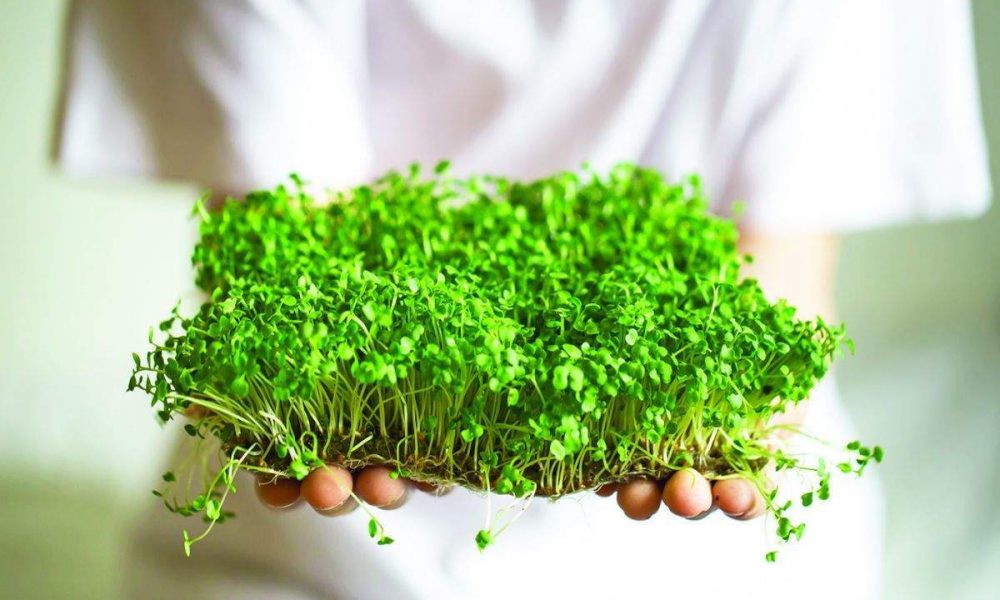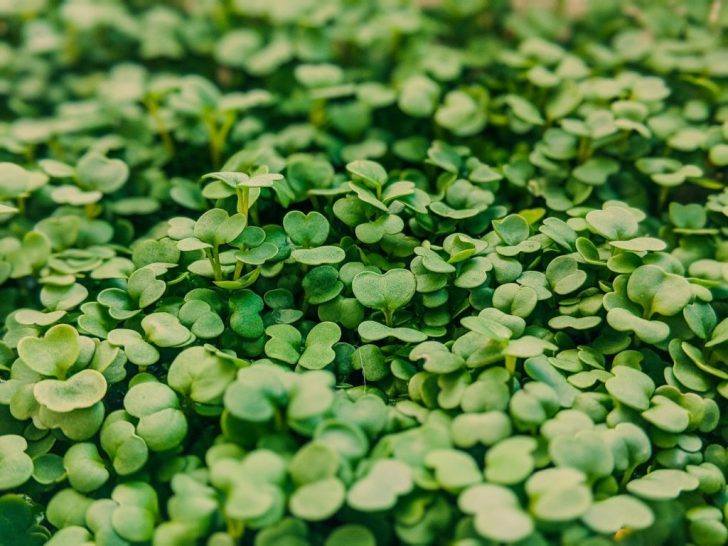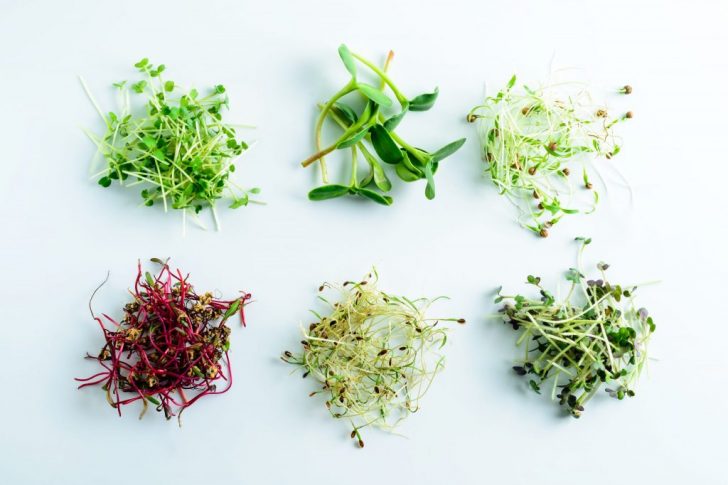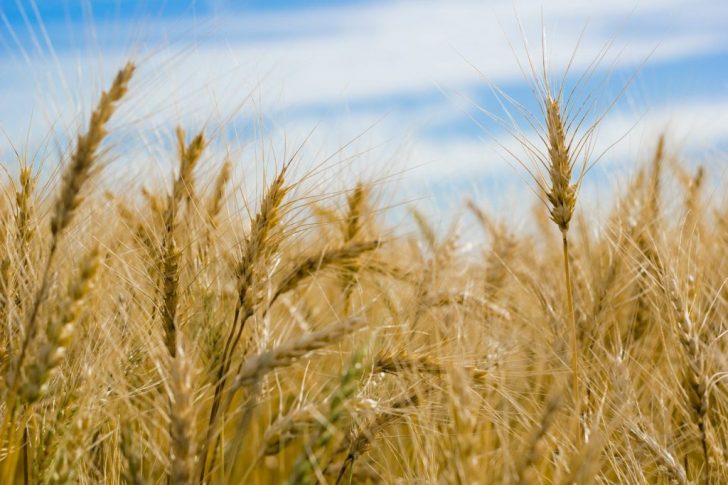
Here’s All The Information You Need About Microgreens

Ever since microgreens were introduced in restaurants in California back in the 1980s, they have gained much fame. These scented greens, also called vegetable confetti or micro herbs, have a rich flavor and volunteer to be the pop of color in many dishes.

Pexels | Don’t underestimate the green by the size of it, because although they aren’t the largest you may find, they often carry nutrient levels that are higher than most vegetable greens
Today we are breaking down all the health benefits of microgreens so you can take maximum advantage of this nutrition powerhouse.
What are Microgreens?
Microgreens are roughly one to three inches and are known to be young vegetable greens. Microgreens fall somewhere in the middle of the baby green plant and sprout, hence, it is given the name of green plants.

Shutterstock | They come in a variety of textures and colors and also contain a concentrated nutrient content
Microgreens resemble more to baby greens with the fact that only the leaves and stems are considered to be edible. However, they are much smaller in size as compared to baby greens and they can be bought before even harvested. You can easily buy the entire plant and cut it at home whenever you want. And don’t worry, they’ll stay alive until they are consumed.
It’s very easy and convenient to grow and take care of a microgreen. You can grow them in various places such as a windowsill, outdoors, or a greenhouse.
Types of Microgreens
There are many seeds through which microgreens can be grown.
The most known microgreens are produced by using seeds from plant families such as:
- Asteraceae Family – endive, lettuce, radicchio, and chicory.
- Brassicaceae Family – broccoli, cabbage, cauliflower, radish, watercress, arugula.
- Amaranthaceae Family – spinach, quinoa swiss chard, amaranth, and beet.
- Apiaceae Family – carrot, celery, dill, and fennel.
- Cucurbitaceae Family – squash, melon, and cucumber.

Pexels | Some cereals are grown into microgreens as well, which include oats, rice, wheat, barley, and corn; and even some legumes like lentils, chickpeas, and beans
Nutrients in Microgreens
Microgreens contain a heavy variety of nutrients.
It is a fact that microgreens’ nutrient content varies just a tad bit. But for the most part, all microgreens include richness in potassium zinc, copper, iron, magnesium. Microgreens have concentrated nutrient content which means that they often consist of higher levels of minerals, vitamins, and antioxidants, than mature greens that are of the same quantity.
More in Health & Well-being
-
`
Here’s Everything You Need to Know About Open Relationships
An open relationship is a consensual arrangement where partners agree to engage in romantic or sexual relationships with other people. Unlike...
June 6, 2024 -
`
Explore the Multifaceted Goals of Meditation
What is the goal of meditation? If you have ever found yourself asking this question, you are not alone. Meditation has...
May 31, 2024 -
`
When is National I Love You Day Celebrated? Mark Your Calendar
Life can get hectic, and sometimes amidst the daily grind, we forget to express our love and appreciation for the phenomenal...
May 23, 2024 -
`
When’s the Best Time of Day to Fish?
For any angler, a successful fishing trip hinges on several factors. But one of the most crucial elements is timing. Knowing...
May 14, 2024 -
`
What Mental Illness Does Britney Spears Have? Discovering the Answer
Britney Spears, a name that resonates with millions around the globe, goes far beyond the glitz and glamour of her stardom....
May 7, 2024 -
`
Here Are Some Easy Ways To Say No To Unrealistic Expectations In Your Relationship
If you are in a relationship, you should constantly work on improving it. Some early lovebirds fall in love too quickly...
May 3, 2024 -
`
Therapy? Medication? What Are the Treatments for PTSD
Post-Traumatic Stress Disorder (PTSD) is a common after-effect of traumatic events. It can be a debilitating condition, but the good news...
April 25, 2024 -
`
Courting vs Dating – Which Relationship Path is Right for You?
In today’s fast-paced world, the terms ‘courting’ and ‘dating’ often swirl around in conversations about relationships. While some people may use...
April 23, 2024 -
`
Essential Mexico Travel Tips for a Seamless Adventure
Mexico, a land of vibrant culture, breathtaking landscapes, and mouthwatering cuisine, beckons travelers from across the globe. But before you embark...
April 16, 2024















You must be logged in to post a comment Login